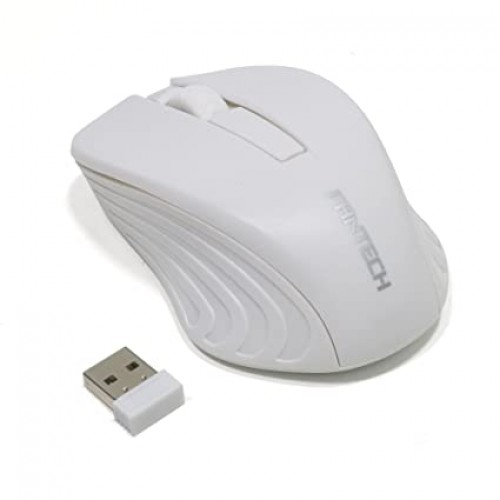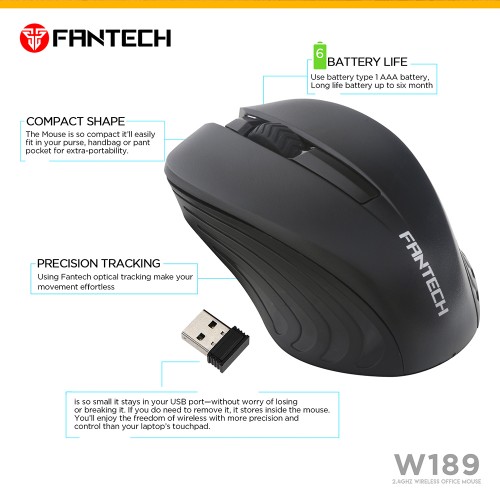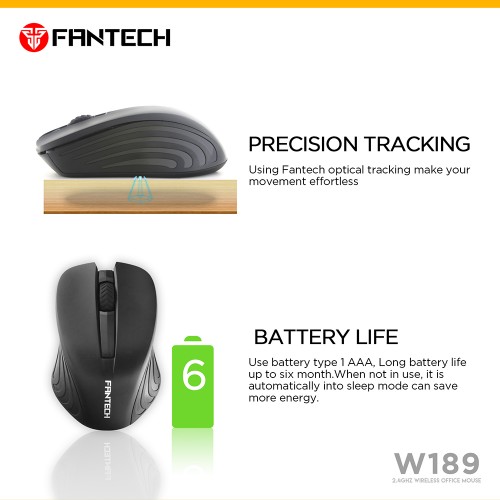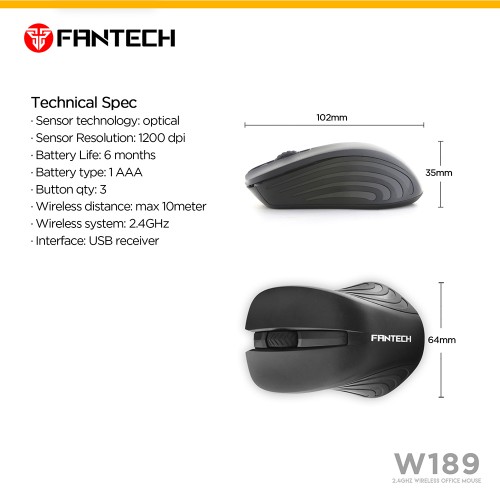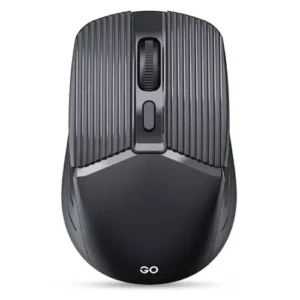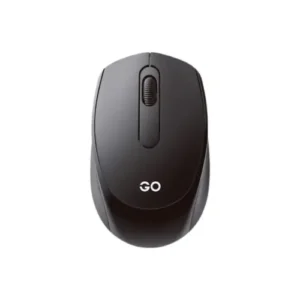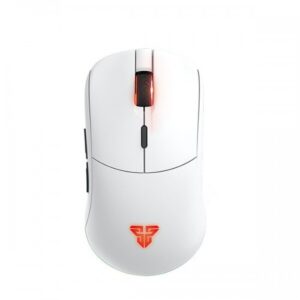Key Specifications of a USB Mouse
When selecting a USB mouse, several key specifications warrant careful consideration to ensure optimal performance and usability. A prominent factor to evaluate is the resolution, commonly measured in DPI (dots per inch). A USB mouse with a DPI setting of 1200 is considered an ideal choice for achieving accurate cursor movement. Higher DPI settings allow for more precise tracking and can significantly enhance the user experience, particularly in activities requiring intricate control, such as graphic design or gaming.
In addition to resolution, the connection type serves as another crucial specification of a USB mouse. Most modern mice utilize USB receivers that connect wirelessly, offering the advantage of a clutter-free workspace. Such connections ensure efficient communication between the mouse and the computer, allowing for fluid cursor movement without the restrictions of a wired setup. It is essential to choose a USB mouse with a reliable receiver, as this can prevent lag and enhance responsiveness during use.
Furthermore, ergonomic design and build quality are vital specifications that contribute to overall user satisfaction. An ergonomically designed USB mouse can help reduce hand strain and provide comfort during prolonged usage. Look for features such as textured grips, adjustable weight, and customizable buttons, which can significantly enrich the user experience. Finally, battery life and energy efficiency are additional considerations for wireless USB mice. A mouse with extended battery life minimizes the need for frequent replacements, making it a practical choice for everyday usage.
By focusing on these key specifications—resolution, connection type, ergonomic arrangements, and battery performance—you can ensure that you select a high-quality USB mouse that meets your individual needs and preferences.
Enhanced Usability Features of USB Mice
Modern USB mice have evolved significantly to deliver enhanced usability features that improve user experience during extended periods of use. One of the most notable aspects of these devices is their ergonomic design. Ergonomically designed USB mice provide structured support to the user’s hand and wrist, reducing strain and preventing fatigue. These designs often include contoured shapes that fit the natural grip of the hand, allowing users to maintain a comfortable posture even during long hours of work or gaming. This focus on ergonomic design is crucial for users who frequently engage in computer tasks, as it can lead to long-term health benefits.
Another significant feature of contemporary USB mice is their advanced scrolling capabilities. Users are increasingly opting for mice equipped with fast and ultra-precise scroll wheels. These advanced scroll wheels facilitate smoother and quicker navigation through documents and web pages, thereby improving overall efficiency. For instance, a mouse with infinite scrolling allows users to browse through long lists or lengthy web pages seamlessly, eliminating the need for repeated scroll clicks. Such innovations enhance productivity by allowing quick access to the desired content without unnecessary interruption.
Intelligent connectivity is also a noteworthy feature of modern USB mice. The plug-and-play functionality allows users to set up their devices effortlessly without the need for extensive configuration. This convenience is particularly beneficial for those who may not be technically inclined, as it simplifies the process of getting started. Users can plug the mouse into a USB port and immediately begin utilizing its features, making it an invaluable tool in both professional and personal settings. The combination of ergonomic design, superior scrolling, and seamless connectivity distinguishes modern USB mice as essential tools for enhancing user experience.
